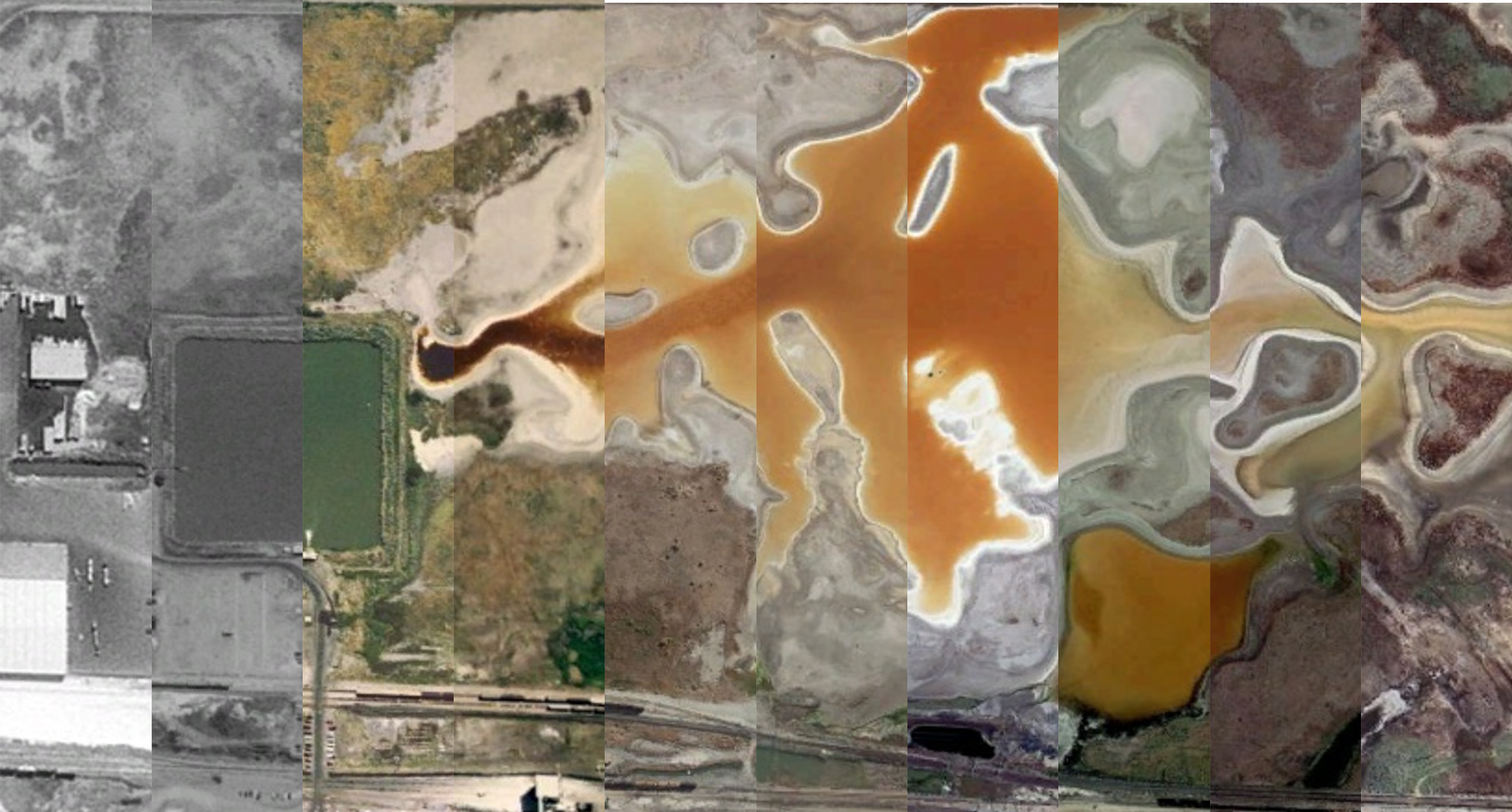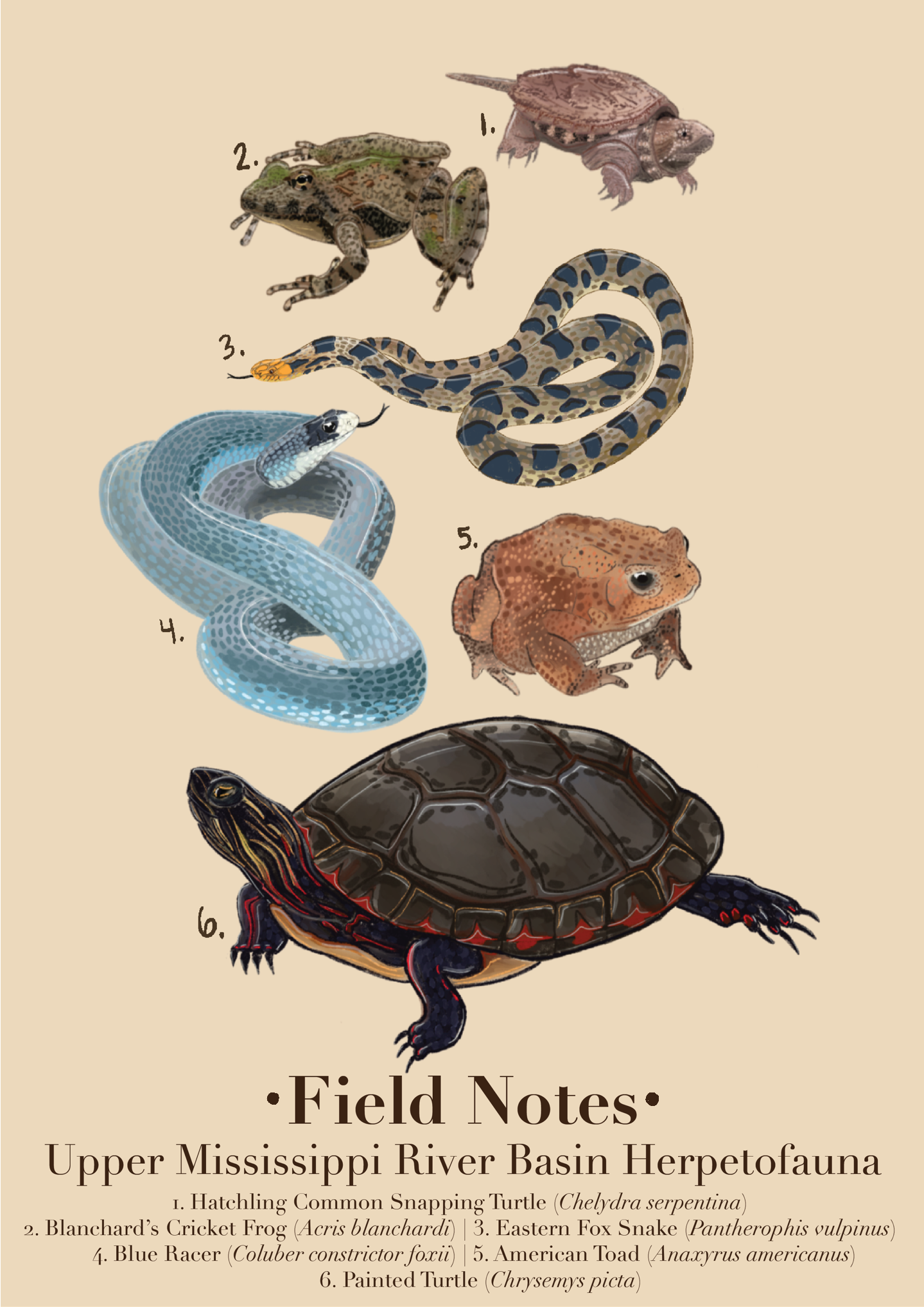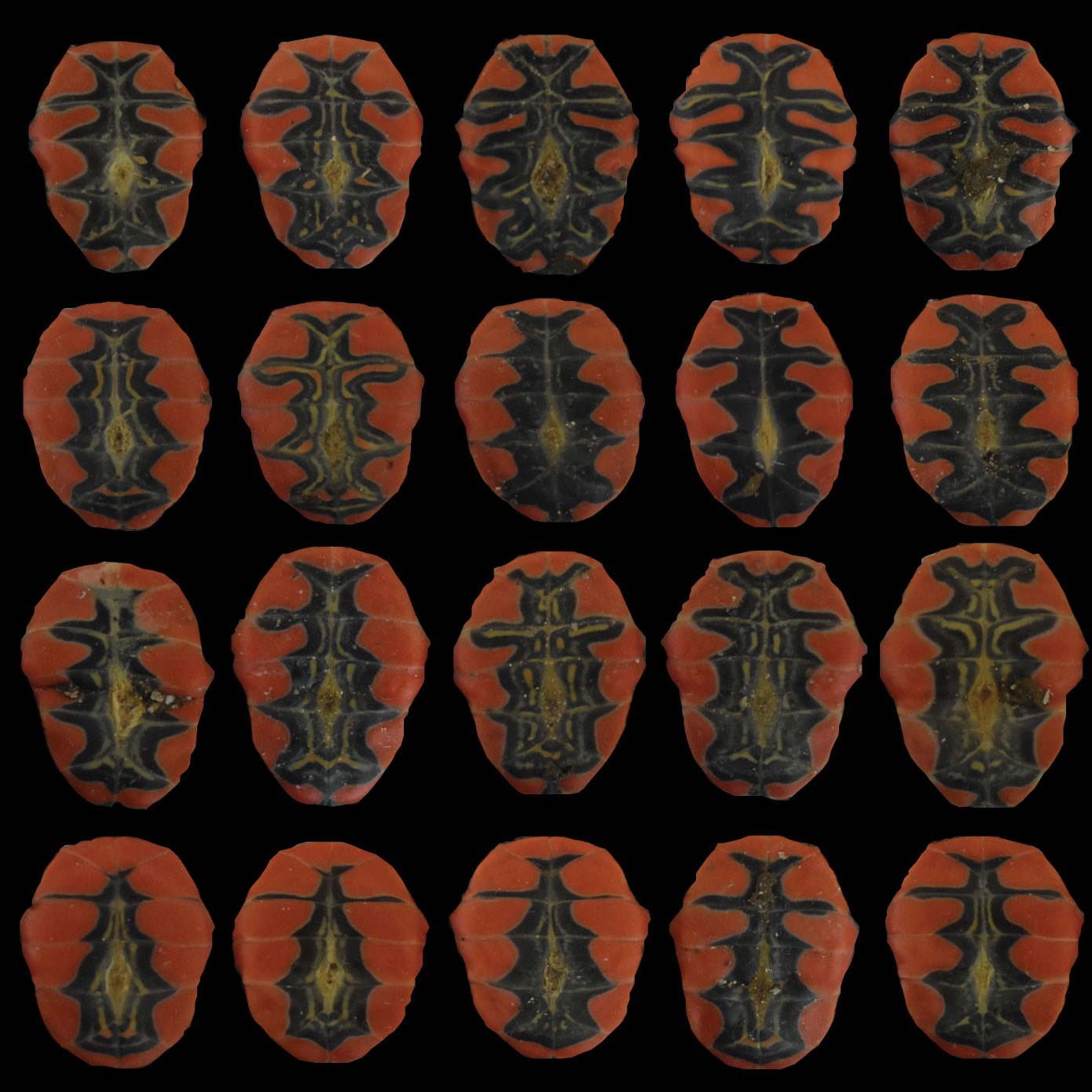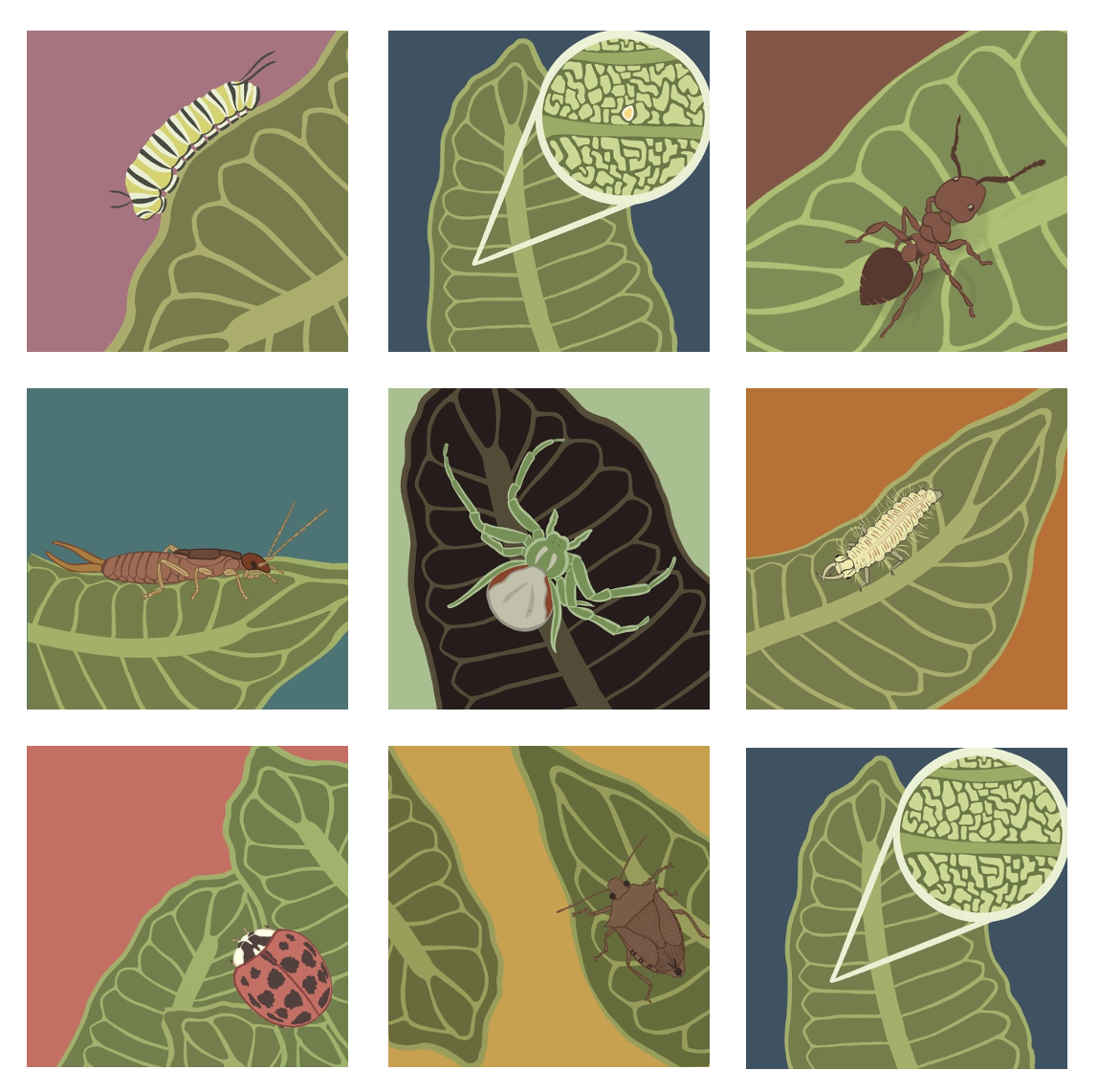Art in Science

The MSU EEB Art in Science Prize recognizes outstanding research images that are not just scientifically meaningful, but also beautiful. Images, data representation, photographs, or digital art combine art and science to tell a compelling story. In science as in life, beauty comes in many forms. Image submissions include, but are not limited to, study species, histology, and visually interesting presentations of data.
EEB Art in Science entries are judged by the image, the image title, and a brief narrative, and how all three merge to tell a clear story. We look for science art that demands attention and provides clarity. The competition is held annually during the spring semester with the winners announced at the annual research symposium, and is open to EEB grad students, postdocs and faculty. See full contest guidelines here.
Questions to co-chairs Jamily Lorena and Swarnima Mukherjee. EEB Art in Science was introduced by MSU EEB Presidential Postdoctoral Fellow Ashwini Ramesh in 2023.
2025

2025 Winner
The Family Members We Never See
Princess Abu and Svea Hall, Plant Biology, Plant Evolutionary Ecology Lab
If the parents have both the opportunity and the ability to reproduce, where are their children? In nature, great blue lobelia (Lobelia siphilitica) and cardinal lobelia (Lobelia cardinalis) are common, but their great blue lobelia hybrid, Lobelia speciosa, is extremely rare, even though the parents often grow right next to each other in the field and readily produce viable hybrids in the greenhouse.
The flowers in this image, grown by PhD candidate Abu, showcase the stunning range of colors and structural diversity of L. speciosa and its parents, as well as the first known images of their backcrosses and second-generation hybrids.
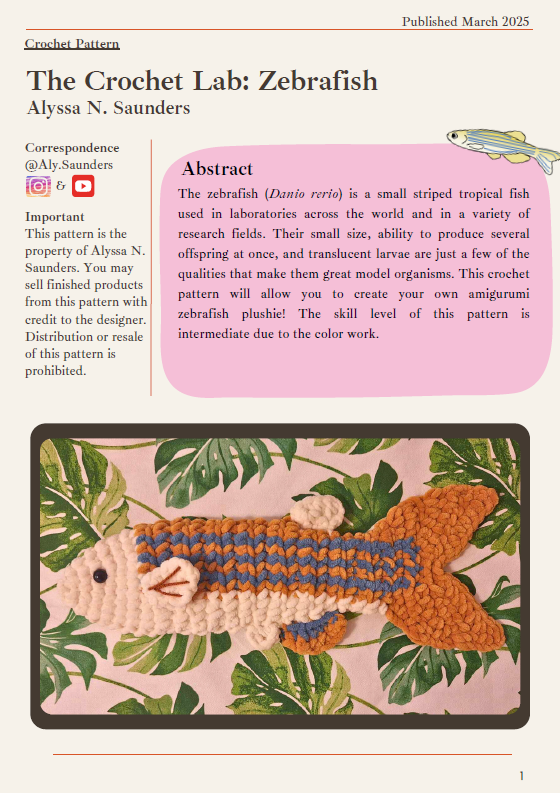
2025 Runner Up
Crochet Model Organisms
Alyssa Saunders, Integrative Biology, Electric Fish Lab
These crochet model organisms are a part of a crochet pattern series called The Crochet Lab. Each pattern is formatted like a scientific paper with an abstract, introduction on the organism and its significance in research, methods used to make the stuffed animal (the actual crochet pattern part), and a discussion with descriptions and images of the final stuffed animal. So far, the series includes a mouse, a zebrafish, and a fruit fly (Drosophila) with plans for more organisms in the future.
2025 Runner Up
A River Flowing Through Time
Kendall Ash and Abigail Lippert, Fisheries and Wildlife, Data intensive Landscape Limnology Lab
Satellite imagery through time shows a river offshoot from the Great Salt Lake. The area we chose to focus on is a discharge site for the Ogden facility of the Compass Minerals company, which extracts water from the Great Salt Lake to mine salt. The discharge from the mining site gives the water body a bright orange color which is only visible in times of the year when the water level is low. Each sliver of the image represents a point in time with time progressing into the present toward the right of the image.
2025 Runner Up
Field Notes: Herpetofauna of the Upper Mississippi River Basin
Morgan Clark, Integrative Biology and Kellogg Biological Station, Janzen Lab
The Upper Mississippi River Basin is home to many in the Midwest - including a stunning diversity of reptiles and amphibians! Often hidden in the water, grass, or mud, these special members of our community go overlooked or, worse, feared. Frogs, toads, snakes, and turtles form essential parts of ecosystem food webs and keep our world running. As the weather warms up in Spring, keep an eye out for them and keep them safe.
2024
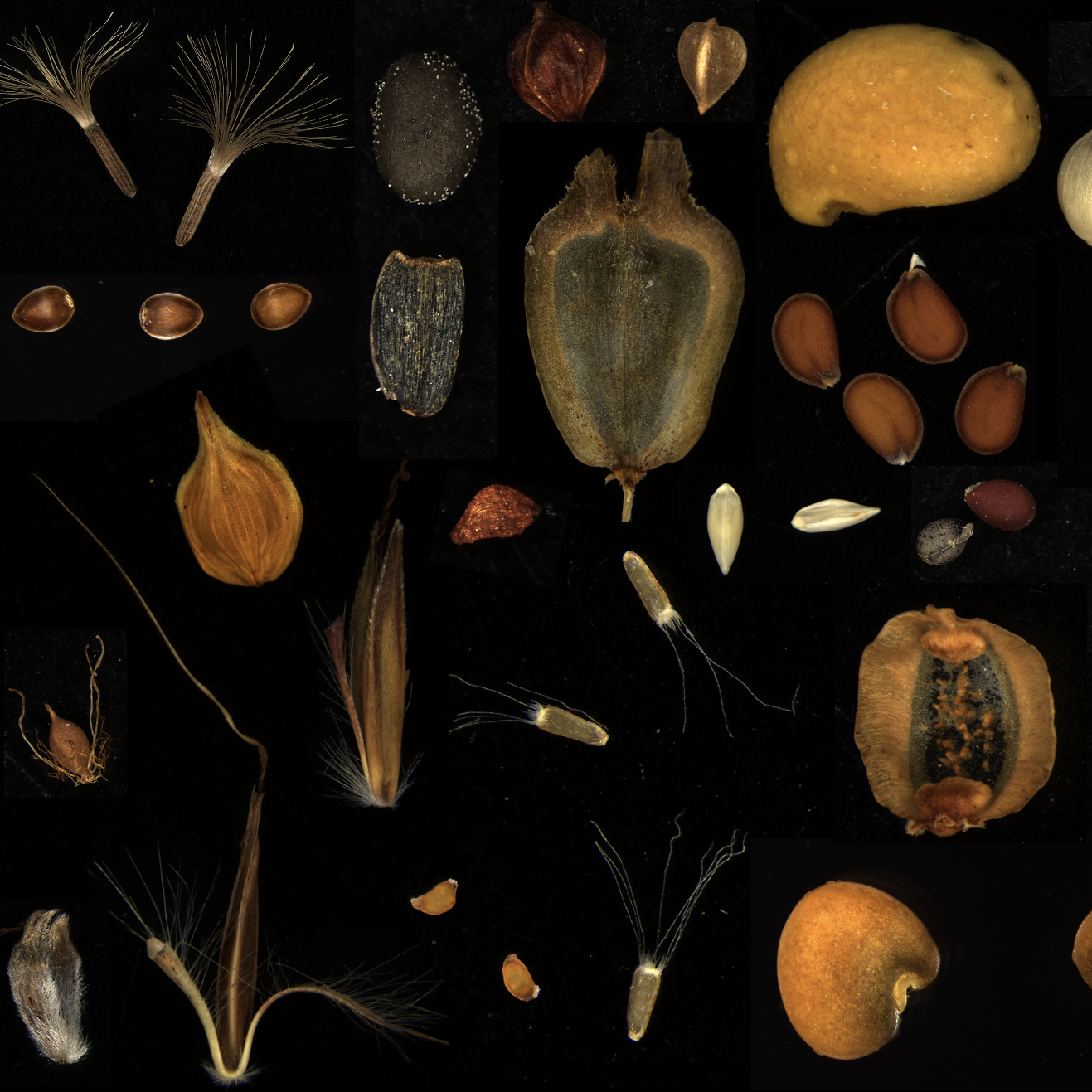
2024 Winner
Prairie Seed Rain
Katherine Carter Wynne, Plant Biology, Sullivan Lab
North American tallgrass prairies produce record levels of diverse seed rain each year (up to 124,806 seeds per meter). Here is a sample of species we captured dispersing in Missouri prairies, highlighting the beautiful morphological diversity of native seeds.
The judges were captivated by the composition, sense of organized chaos, and graceful positioning of the seeds, which capture the variation of tallgrass prairies in a new lens.
Photos were taken in collaboration with Erica M. Eyerly and with assistance from the University of Missouri Advanced Light Microscopy Core.

2024 Runner Up
The Flight of the Black Ghost Knife
Jason Gallant, Integrative Biology, Electric Fish Lab
The black ghost knifefish (Apteronotus albifrons) possesses one of the fastest, most regular biological oscillators known deep within its brain. This allows this mysterious fellow to produce electric fields about 2,000 times per second for communication and navigation. The white spots present on his majestic head are the organs used to perceive this signal. Together with electric organs, these electroreceptors are evolutionary innovations that have evolved multiple times within vertebrates on our planet.
The judges were impressed by the striking composition of the image and the skillful storytelling that brings electric fish behavior to life.
2024 Runner Up
Painted Plastrons: A Turtle Shell Mystery
Morgan Clark, Integrative Biology and Kellogg Biological Station, Janzen Lab
Hatchling turtle shells display a dazzling diversity of colors and patterns. Painted turtles (Chrysemys picta) are so named due to their bright red, orange, and yellow shells. Here, the plastrons (or undersides of the shells) of several related hatchlings are photographed as part of a project to understand the function of this colorful display. Unlike other animals with bright red and orange coloration- painted turtles are not poisonous, and color does not deter turtle predators. Ongoing work seeks to understand if shell color and pattern are tied to organismal fitness differently, such as the allocation and sequestration of beneficial antioxidants and immune boosters stored in the shell.
The judges liked the meticulous examination of the various shells, which vividly captures the extensive infraspecific diversity within these species and underscores the enigmatic nature of painted shells.
2023
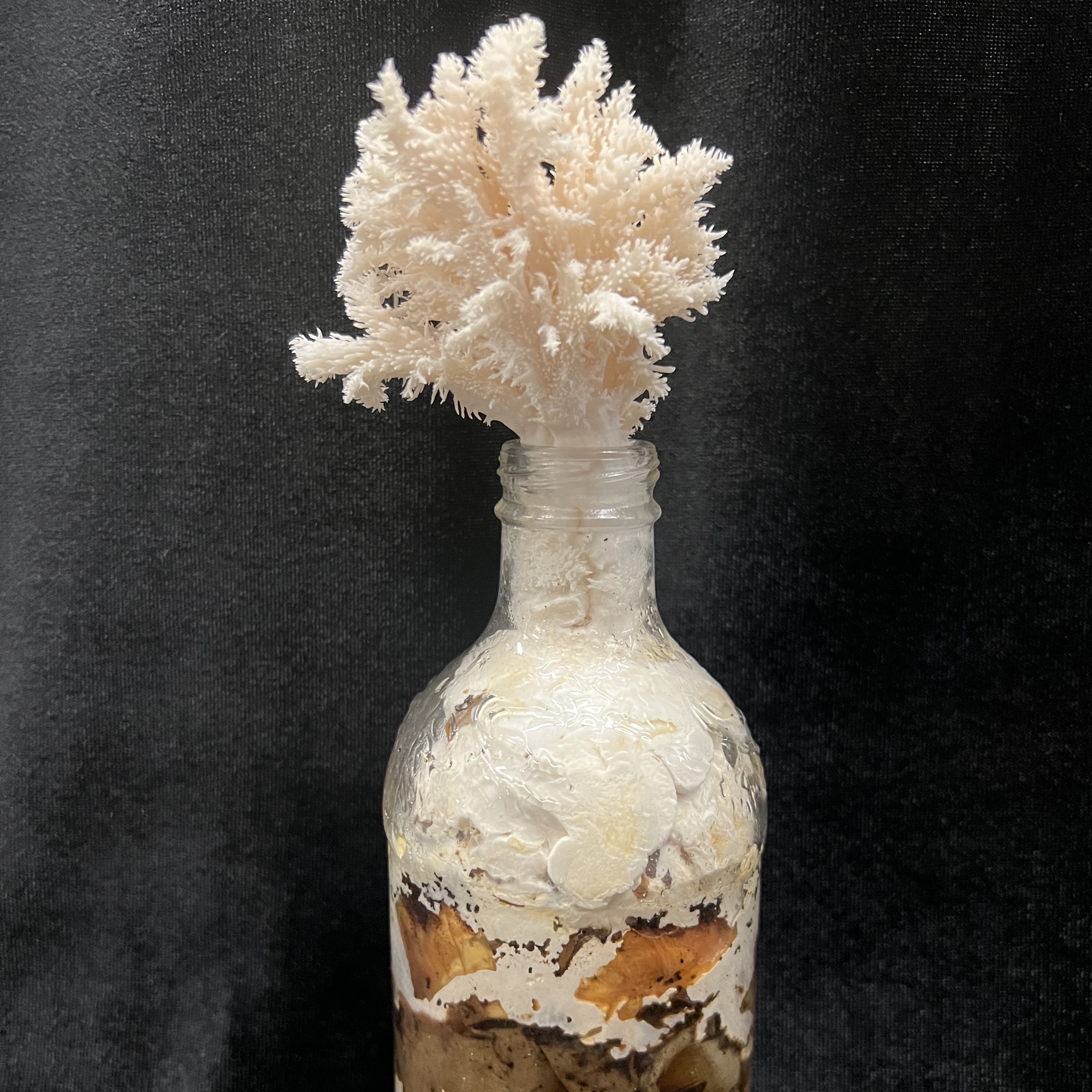
2023 Winner
Coral Tooth Fungus “Eats” Food Waste and Becomes Gourmet Food
Marc Friedman, Plant, Soil and Microbial Sciences, Bonito Lab
About 133 billion pounds of food is wasted in the USA each year, impacting food security, resource conservation, and climate change. Food waste in landfills is decomposed by anaerobic organisms, producing methane emissions. Using edible fungi to decompose food waste in aerobic environments can reduce methane emissions while creating food. This photo shows Hericium sp., decomposing food waste.
2023 Runner Up
Mowing for Monarchs
Corinn Rutkoski and Gabe Knowles, Integrative Biology and Kellogg Biological Station, Evans Lab
Monarchs are known for their striking wings and seasonal migration. Scientists at KBS are studying ways to prevent decline of this species. They discovered mowing patches of milkweed plants, their preferred food source, caused more monarchs to lay their eggs on regrowing leaves. What drives this pattern? Perhaps younger plants make better food for monarch caterpillars or host fewer predators.
